Description
Leaf composting is a great way to recycle and make your garden soil healthier. When you compost dry leaves, you create a nutrient-rich soil amendment that’s good for your plants and the environment.
LEAF COMPOSTER
A leaf composter is a handy tool used for recycling leaves and turning them into nutrient-rich compost for your garden. It’s a simple but effective way to create healthy soil while reducing waste. By breaking down leaves into compost, you can improve soil quality, increase fertility, and provide essential nutrients to your plants. Additionally, using a leaf composter helps to prevent clogging in water and drainage systems. It’s an environmentally friendly solution that benefits both your garden and the planet.
LEAF COMPOSTING BENEFITS:
- Improves Soil Quality: Composted leaves make the soil richer and better for plants. They increase soil porosity, which means it’s easier for water and air to reach plant roots. This makes the soil more fertile and helps plants grow better.
- Reduces Waste: Instead of throwing away leaves, composting them reduces the strain on landfills. It’s a sustainable way to deal with garden waste.
- Natural Weed Control: Using compost as a top dressing or mulch helps prevent weeds from growing in your garden. This means less time spent weeding and more time enjoying your plants.
INSTRUCTIONS:
- Prepare the Leaves: Shred or crush bigger leaves and twigs before putting them into the leaf composter. This helps them break down faster.
- Use Microbes: Dilute 1 liter of Greenrich Organic Microbes in 100 liters of water and spray it onto the crushed leaves. This helps kickstart the composting process and ensures the leaves decompose properly.
- Layering: Add about 4 inches of dry leaves into the composter and spray them with the diluted Greenrich Organic Microbes until they’re soaked.
- Repeat: Keep adding layers of dry leaves and spraying them with the microbes until you’ve composted all your leaf waste.
- Wait: It takes about 30 days for the composted leaves to be ready. You’ll know it’s done when it looks dark and crumbly. Remove the compost from the bottom of the composter and use it to nourish your garden soil.
By following these simple steps, you can turn your garden waste into valuable compost that will make your plants thrive.




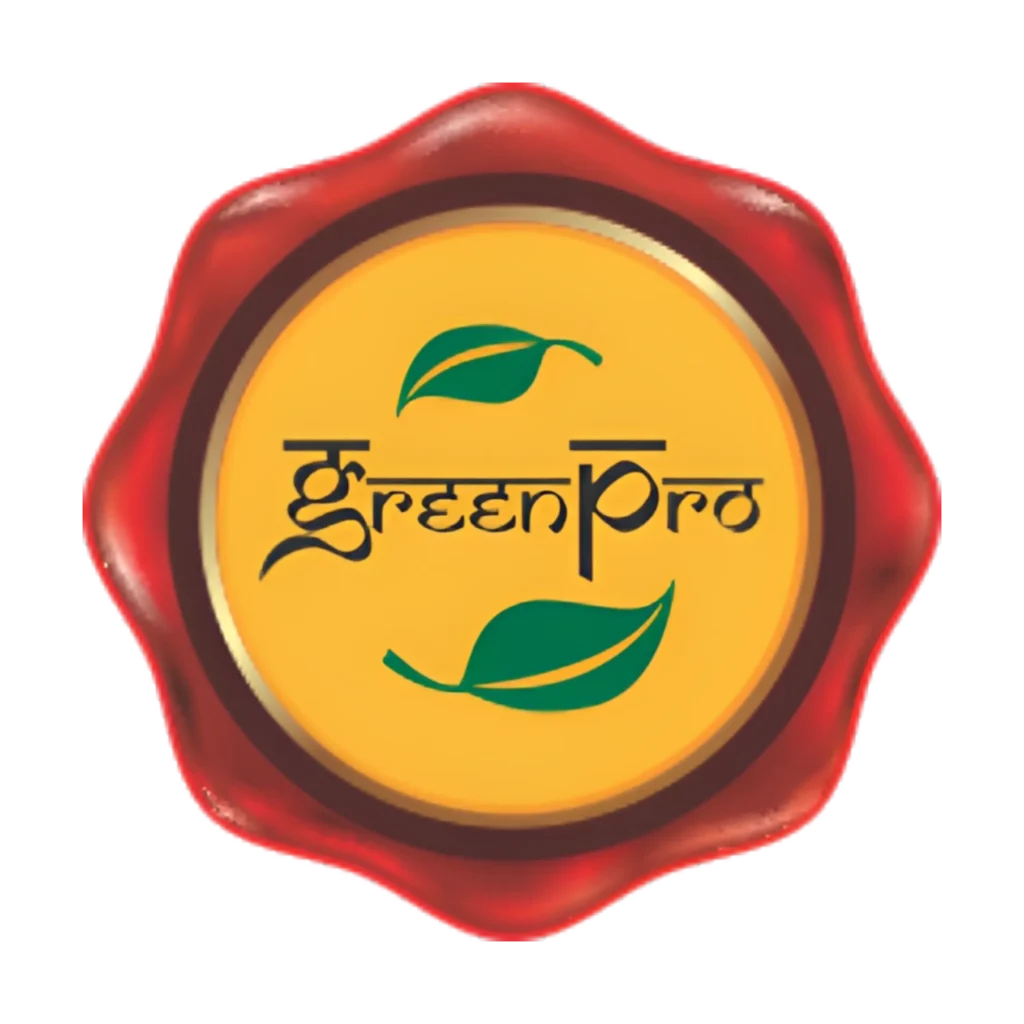

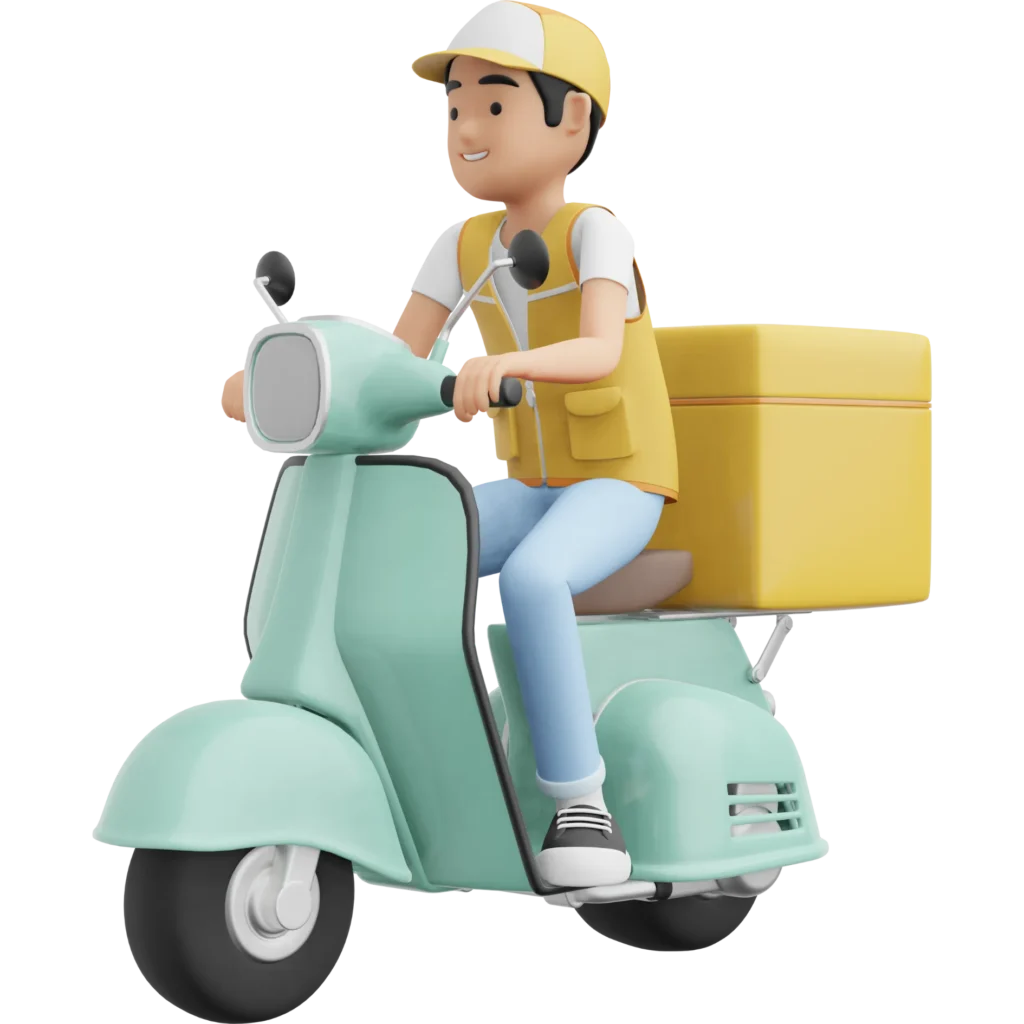

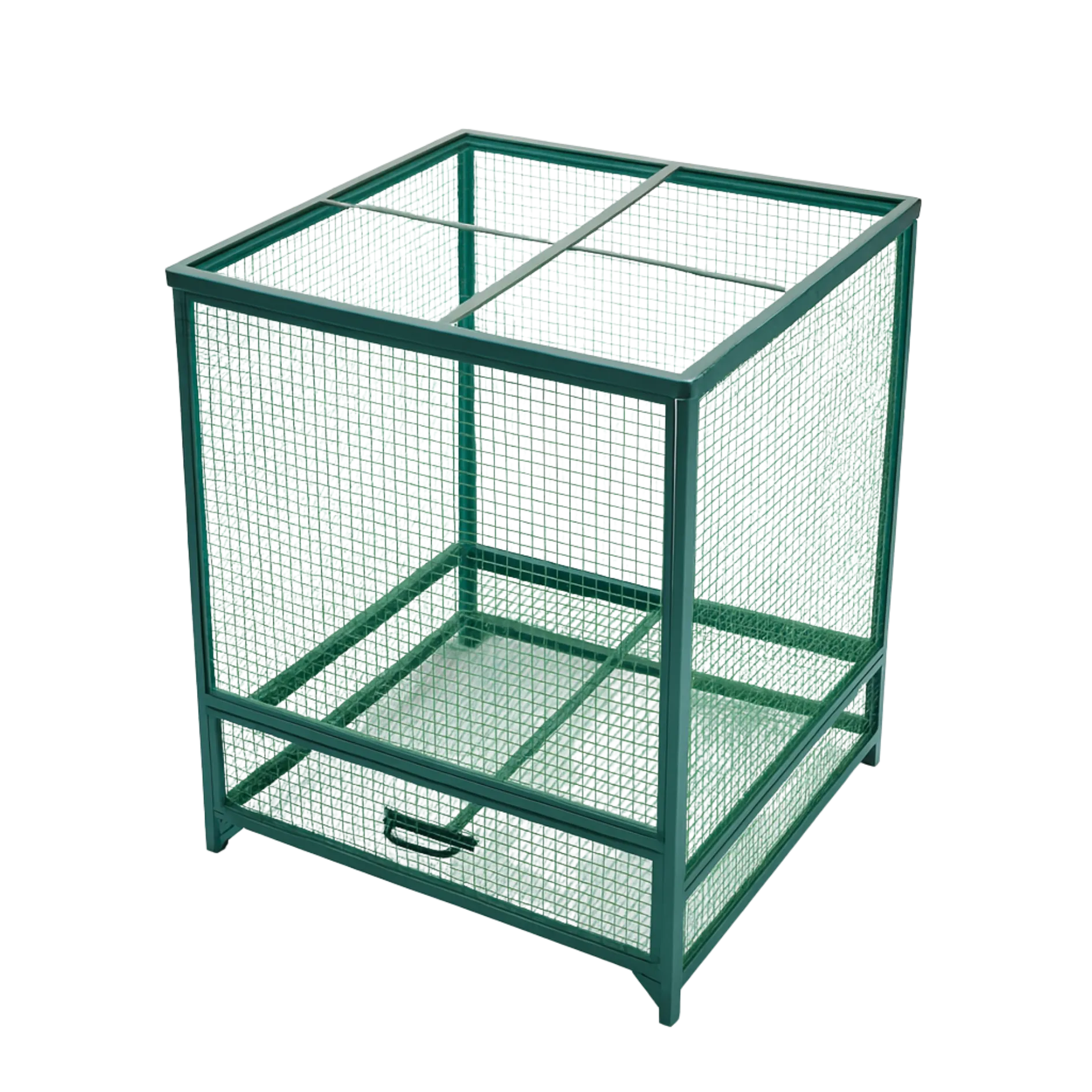
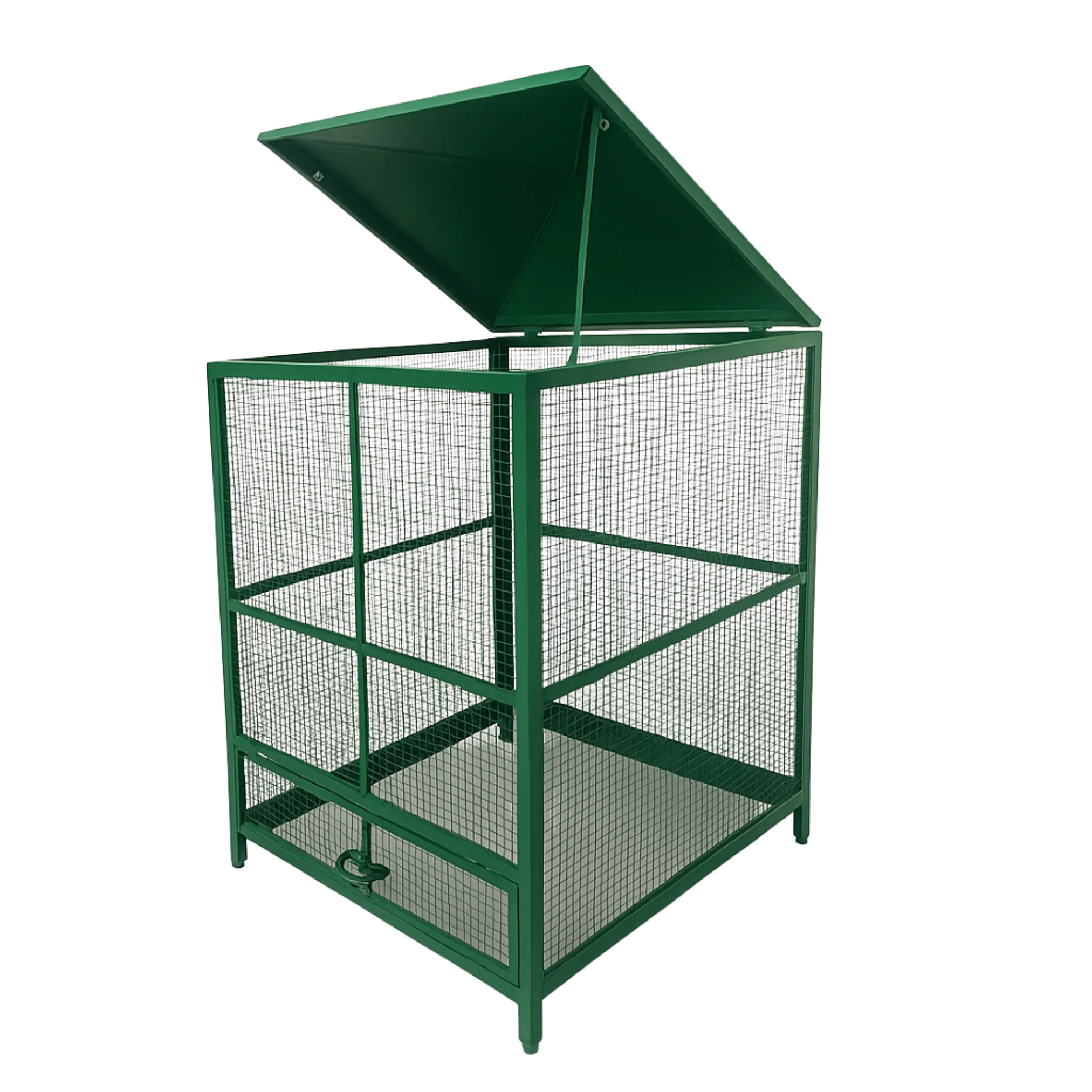
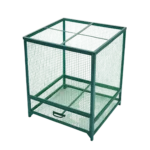
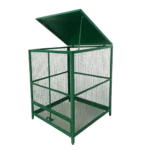
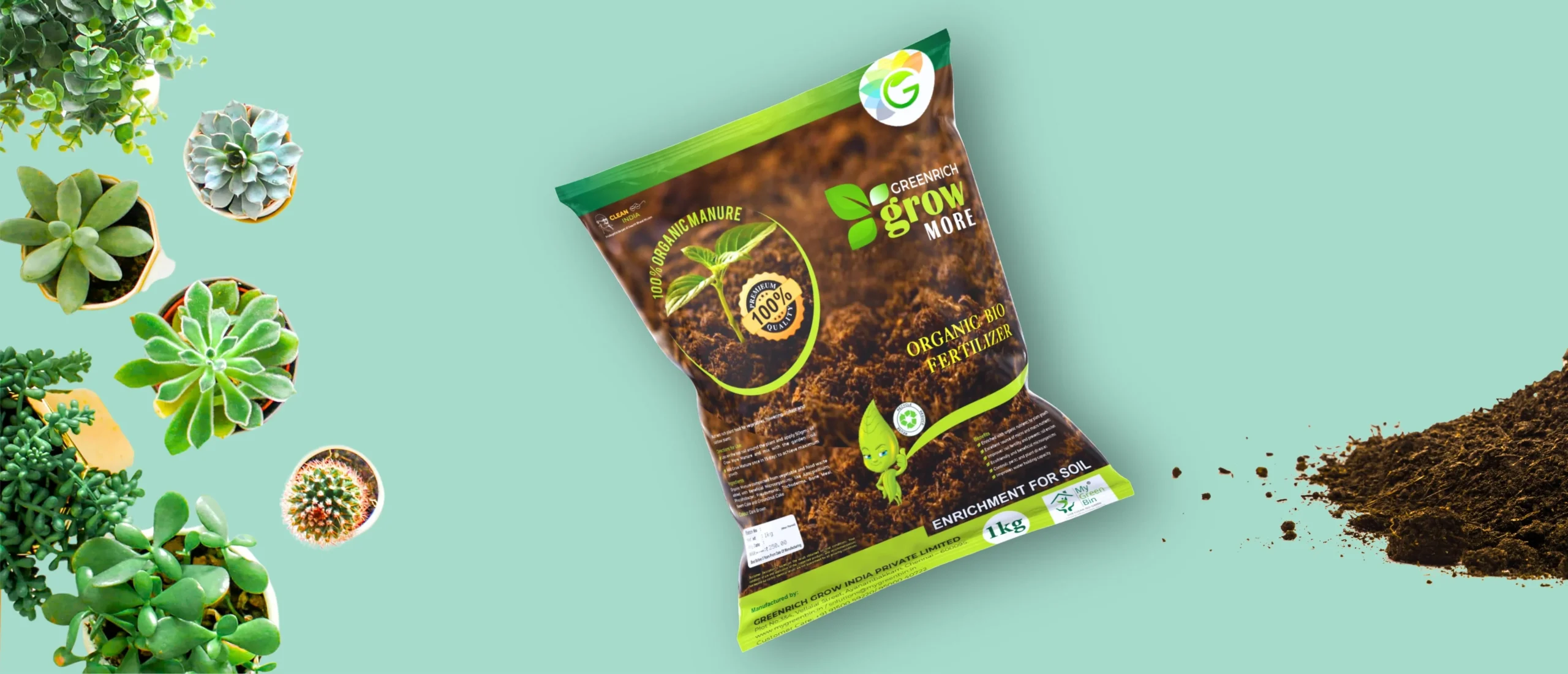
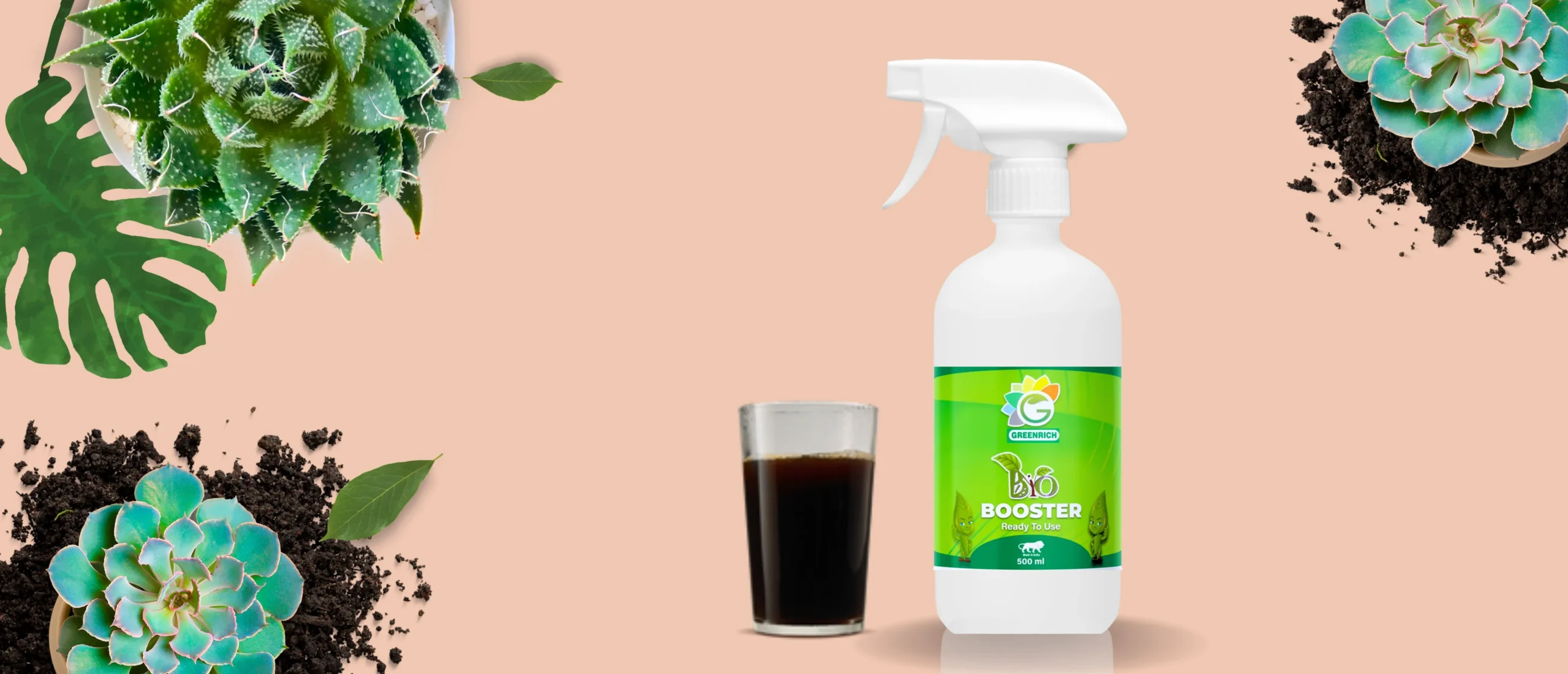




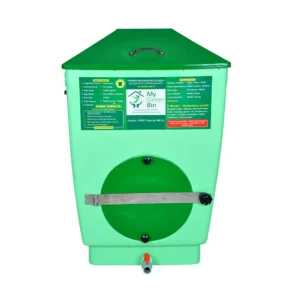


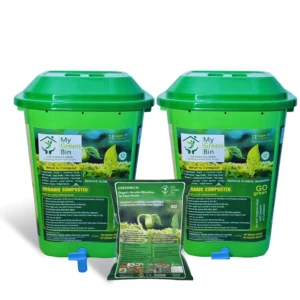
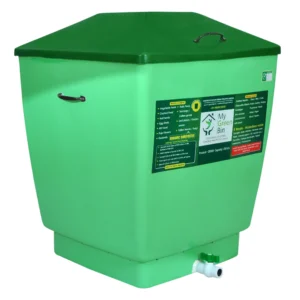
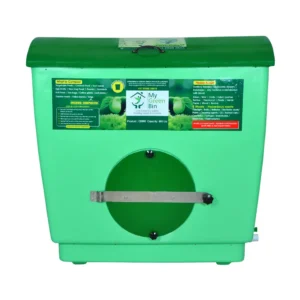


Reviews
There are no reviews yet.